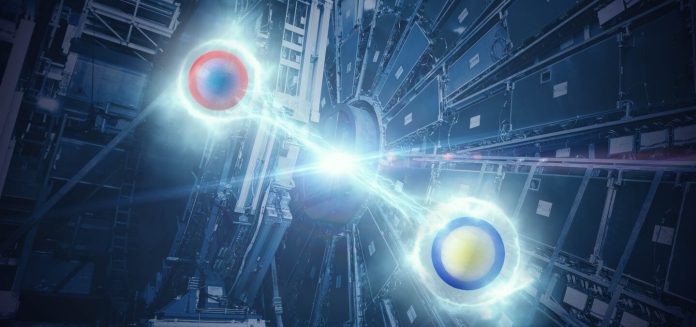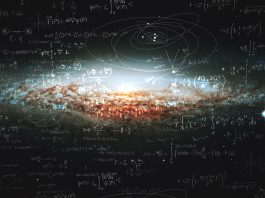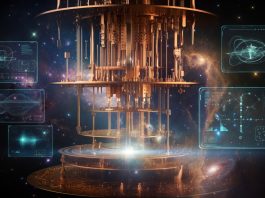In a groundbreaking discovery, scientists have observed quantum entanglement at the Large Hadron Collider (LHC) for the first time, marking a significant leap in the field of quantum physics.
This remarkable phenomenon, where two particles become so interconnected that the state of one affects the other, regardless of distance, has been pivotal in advancing quantum information science.
Now, quantum entanglement has reached new heights as researchers observed this effect in top quarks, some of the heaviest particles known to physics, at the highest energies ever recorded.
Understanding quantum entanglement
Quantum entanglement is a key concept in quantum mechanics, a theory that governs the behaviour of particles at the atomic and subatomic levels.
When two particles become entangled, their properties are intertwined in such a way that measuring one particle instantly influences the state of the other, no matter how far apart they are.
This baffling phenomenon defies classical physics, which is limited by the speed of light and distance. Albert Einstein famously referred to this as “spooky action at a distance.”
Historically, quantum entanglement has been observed in various systems, such as photons and atoms, and has revolutionised applications in quantum cryptography and quantum computing.
In 2022, three physicists—Alain Aspect, John Clauser, and Anton Zeilinger—were awarded the Nobel Prize for their experiments with entangled photons, validating predictions made decades earlier by CERN theorist John Bell.
A new frontier at the Large Hadron Collider
Despite its significance in quantum mechanics, quantum entanglement has remained unexplored at the extreme energy levels generated by particle colliders like the LHC.
This changed in 2023 when the ATLAS collaboration reported the first-ever observation of quantum entanglement between top quarks.
These findings were soon confirmed by two additional observations from the CMS collaboration, opening up new avenues of exploration in quantum physics.
“While particle physics is deeply rooted in quantum mechanics, the observation of quantum entanglement in a new particle system and at much higher energy than previously possible is remarkable,” said ATLAS spokesperson Andreas Hoecker. “It paves the way for new investigations into this fascinating phenomenon.”
Observing quantum entanglement in top quarks
Top quarks, the heaviest known fundamental particles, provide a unique system for studying quantum entanglement.
Typically, top quarks decay so quickly that they don’t combine with other quarks. Instead, their quantum properties, such as spin, are transferred to their decay products, allowing physicists to infer the orientation of the original top quarks.
To study this phenomenon, the ATLAS and CMS teams analysed data from proton-proton collisions at an energy of 13 teraelectronvolts collected during the second LHC run between 2015 and 2018.
They focused on pairs of top quarks produced with low relative momentum, as their spins are expected to be strongly entangled in such scenarios.
The teams measured the angular separation between the decay products of the top quarks, which served as an indicator of the degree of spin entanglement.
By correcting for potential experimental biases, they confirmed the presence of entanglement with a statistical significance exceeding five standard deviations—a level of certainty that denotes a discovery in physics.
Expanding the scope of quantum physics
The CMS collaboration took their study a step further by examining top quark pairs produced with high momentum.
In these cases, the conditions ruled out any classical exchange of information, as the decays occurred too far apart in space and time for such interactions. Yet, the CMS team still observed spin entanglement, proving that quantum mechanics holds even in these extreme environments.
“With measurements of entanglement and other quantum concepts in a new particle system and at an energy range beyond what was previously accessible, we can test the Standard Model of particle physics in new ways and look for signs of new physics that may lie beyond it,” noted CMS spokesperson Patricia McBride.
This discovery marks a pivotal moment in the study of quantum physics. Observing quantum entanglement at such high energies expands our understanding of the quantum world and opens new pathways for research.
These results could eventually lead to breakthroughs in quantum computing and other advanced technologies, as well as provide deeper insights into the Standard Model of particle physics, potentially revealing physics beyond our current comprehension.









